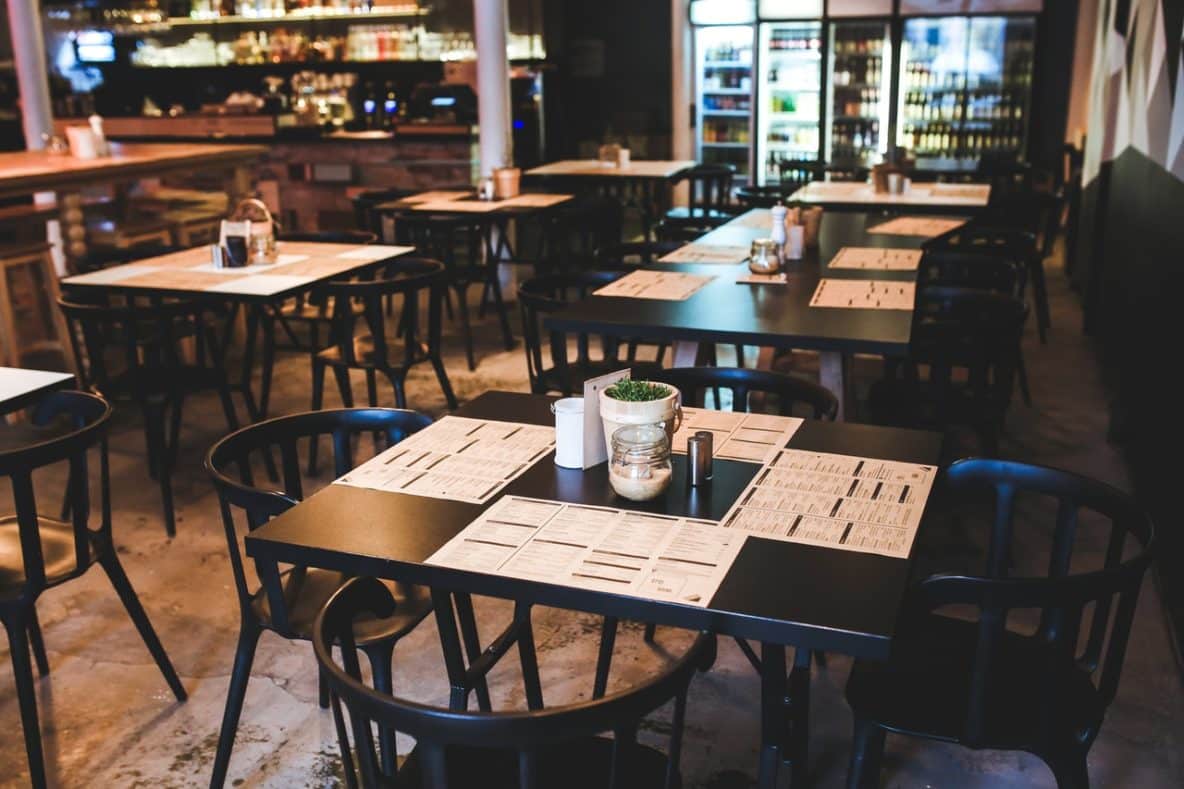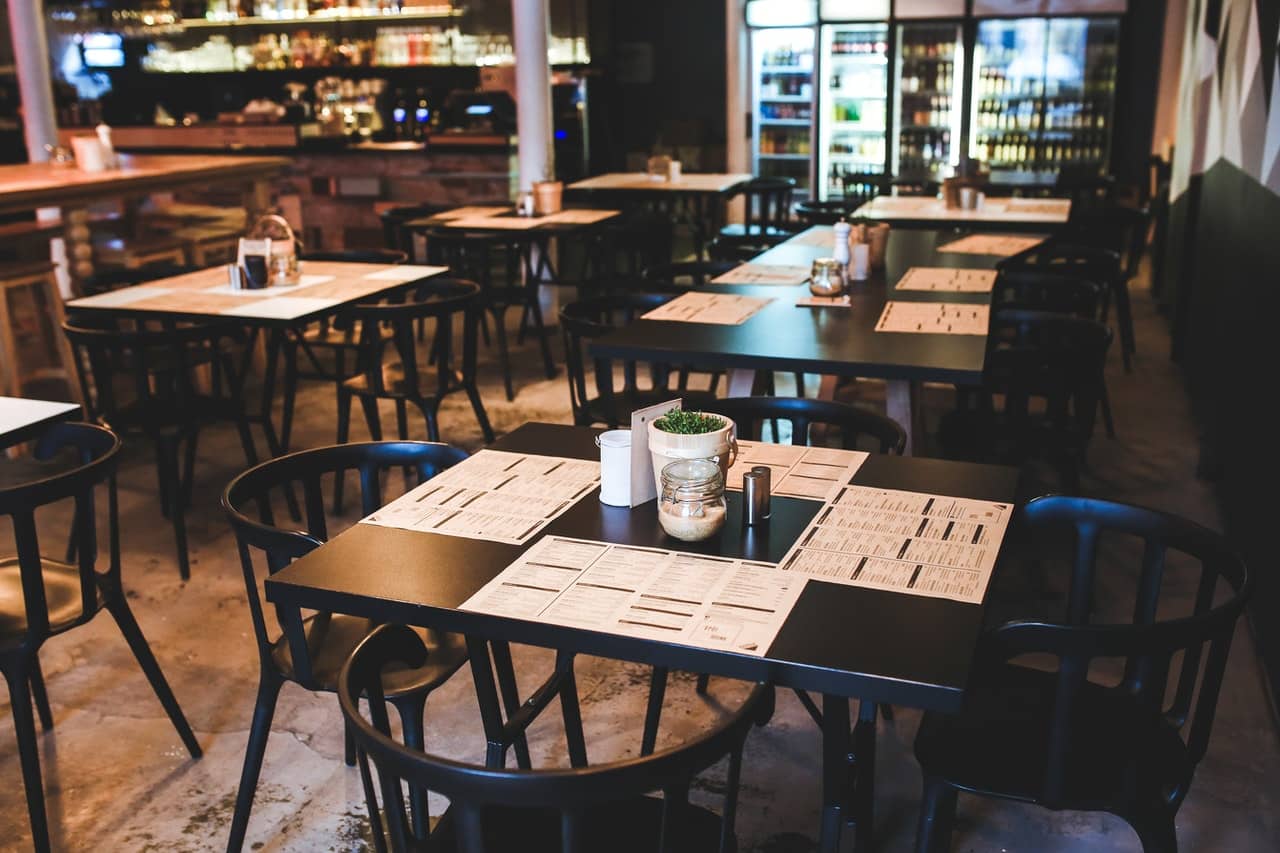New York workers comp class code 9071 applies to full-service restaurants, buffet-type establishments, banquet halls, cafes, diners, and other food establishments that provide wait service. Our NY guide to workers comp rates for restaurants details everything restaurant and foodservice establishments need to know about workers comp and other insurance lines important to protecting their businesses.
One of the biggest challenges restaurants face is the classification of the owner or partners. Since the owner or partners are usually the executive chefs or maitre d’, they are automatically placed in the predominate class code 9071. If the entity is a corporation NY Workers Comp allows 2 executives or less to exclude the executive officers. If the establishment is an LLC the members or partners are automatically excluded unless requested to be covered under the policy.
All other States use 9079; however, NY State Workers Comp Board uses 9071 for Full-Service Restaurant and 9072 for Fast Food establishments workers comp coverage. The rate is the same for the class although they are different codes. This classification is all-inclusive, which means that it applies to all restaurant employees regardless of the job function. Clerical employees can be classed in 8810 as long as the office is separated from the restaurant.
Manhattan Workers Comp rates for restaurants have been challenging to place do to carriers shying away from the terrorism risks involved in the ground floor and storefront establishments. Delivery also poses an additional risk.
NY Workers Comp Rates For Restaurants Class Code 9071 Guide
Category: Eating and Drinking Places
SIC CODE: 5812 Eating Places
NAICS CODE: 722511 Full Service Restaurant
Suggested ISO General Liability Codes: 16900, 16901, 16902, 16910, 16911, 16915, 16916, 16920, 16921, 16930, 16931, 16940, 16941
Suggested Workers Compensation Code: 9082, 9083, 9084
Description of operations:
Restaurants serve a full menu of food items that are served by a waitperson and consumed on the premises. They may serve beer, wine, or other alcoholic beverages. Others offer take-out or delivery services. A restaurant may specialize in a specific type of cuisine or may serve a general menu. Some entertain customers with contests, music, or other live entertainment, or promotions such as “happy hour” with discounts available during non-peak hours. Some have small dance floors.
Types of Insurance Important to Consider for Restaurant and Food Operations
- Property exposures are substantial from cooking equipment, electrical wiring, refrigeration units, and heating and air conditioning systems. All wiring should be current, up to code, and well maintained. All grills and deep fat fryers must have automatic fire extinguishing protection, hoods, and filters. There should be fuel shut-offs and adequate hand-held fire extinguishers. The kitchen must be kept clean and grease-free to prevent the spread of fire. Filters should be changed frequently. Ammonia used in refrigeration units can explode. Spoilage exposure is very high. A small fire or a power outage of even moderate duration can cause all fresh and frozen goods to be condemned as unfit for consumption or sale due to the potential for contamination. If alcoholic beverages are served, the liquor should be stored in areas inaccessible to customers. Business income with extended time period coverage should be purchased. Losses can be minimized if there is an alternative location to continue operations and not lose customers. Returning to normal operations after a loss is difficult due to the lag time between reopening and returning to full income as regular customers may have moved to a new “favorite” restaurant.
- Equipment breakdown exposures can be high as operations are dependent on refrigeration and cooking equipment.
- Crime exposures are from employee dishonesty and money and securities. Criminal background checks should be conducted on any employee handling money. If the restaurant uses expensive cuts of meat or serves alcohol, theft of stock could be a problem. Cash receipts may be high. There must be consistent rules on cash drawer management and job assignments. Money should be regularly stripped from the cash drawer and irregular drops made to the bank during the day to prevent a substantial accumulation of cash. Closing time is the most vulnerable time so security procedures should be in place to prevent hold-ups. There must be a separation of duties between employees handling deposits and disbursements and reconciling bank statements.
- Inland marine exposures include accounts receivables if the restaurant offers credit to customers, computers for tracking inventories and payrolls, and valuable papers and records for supplier and employee information. Duplicates of all records should be kept off-site. Cash registers, cooking equipment, and office equipment may have computer applications. There may be a bailees exposure from offering coat check services to customers or from storing entertainers’ property. Some establishments will have paintings, statues, or other fine arts on-premises.
- Premises liability exposures are high due to public access to the premises. Serving of alcoholic beverages can impair customers’ motor abilities and increase the likelihood of trips, slips, or falls. Servers move throughout the premises with trays of food and beverages, generating spills that can result in slips and falls. Spills should be cleaned up promptly. Temperatures of hot beverages must be limited to reduce injuries due to scalding. Lists of ingredients should be posted to prevent allergic reactions. Customers may become ill from ingesting contaminated food or beverages. Cleanliness standards must be monitored. Floor coverings must be in good condition with no frayed or worn spots on carpet and no cracks or holes in flooring. Dance floors must be clean, smooth, and free of debris. Steps and uneven floor surfaces should be prominently marked. All fire exits should be plainly visible from any part of the premises and kept unlocked from the inside during business hours. Backup lighting should be automatically activated in the event of a power outage. Parking lots and sidewalks need to be in good repair, with snow and ice removed, and generally level and free of exposure to slips and falls. Outdoor security and lighting must be consistent with the area. All employees must be instructed in proper customer handling, including how to deal with disgruntled or intoxicated customers.
- Products liability exposure is due to food poisoning, contamination, and allergic reactions from food and beverages carried off premises for consumption. Monitoring the quality of food received, posting lists of ingredients, and maintaining proper storage temperature can reduce this exposure.
- Liquor liability exposure can be very high in states that hold restaurants liable for injuries resulting from alcohol consumption. The type and amount of alcohol served, and the type of clientele directly impact this exposure. Failure to comply with state and federal regulations can result in the loss of a liquor permit. There must be a set procedure to check the ages of anyone attempting to purchase alcohol, as well as monitoring so customers purchasing alcoholic beverages do not then give them to patrons who are underage or intoxicated. All employees who serve alcohol should be trained in recognizing signs of intoxication. A procedure should be in place to deny serving underage or intoxicated patrons. Programs that encourage designated drivers or offer free taxi service can be useful.
- Automobile exposure may be limited to hired or nonownership liability exposures from employees running errands. If the restaurant offers delivery services, all drivers must have appropriate licenses and acceptable MVRs. Company vehicles should be used for all deliveries. Maintenance should be documented. If employees use their own vehicles, the vehicles should be checked for maintenance and upkeep. Because most personal auto policies do not provide coverage when the vehicle is used for commercial purposes, requiring proof of insurance will be of little assistance. If the restaurant offers valet parking, garagekeepers coverage should be purchased to cover damage to customers’ vehicles. MVRs and driving records should be obtained for any employee driving or parking customers’ vehicles. If valet parking services are contracted to another firm, the restaurant should be named as an additional insured on the contractor’s policy.
- Workers comp rates for restaurants – potential exposures come from slips, falls, cuts, puncture wounds, burns, foreign objects in the eye, hearing impairment from noise, heavy and awkward lifting, and interactions with customers. Employees must be trained on the carrying of heavy dishes between the kitchen and the serving areas. Food and beverage handling can result in passing bacteria or viruses, resulting in illness. While smoking is prohibited in bars in many states, others still permit this. In those states, workers can incur occupational disease from the ongoing inhalation of secondhand smoke. As with all retail businesses, hold-ups are possible, so employees should be trained to respond in a prescribed manner. Cleaning workers can develop respiratory ailments or contact dermatitis from working with chemicals. The employees in many restaurants tend to be minimum wage and turnover may be high. Company incentives to encourage long-term employment are positive signs of management control.
Minimum recommended coverage for Restaurants:
Business Personal Property, Business Income, and Extra Expense, Spoilage, Equipment Breakdown, Employee Dishonesty, Money and Securities, Computers, Valuable Papers and Records, General Liability, Employee Benefits, Umbrella, Hired and Nonownership Auto, Workers Compensation
Other coverages to consider:
Building, Earthquake, Flood, Leasehold Interest, Real Property Legal Liability, Accounts Receivables, Bailees Customers, Fine Arts, Cyberliability, Employment-related Practices, Environmental Impairment, Liquor Liability, Business Automobile Liability and Physical Damage, Garagekeepers, Stop Gap Liability


